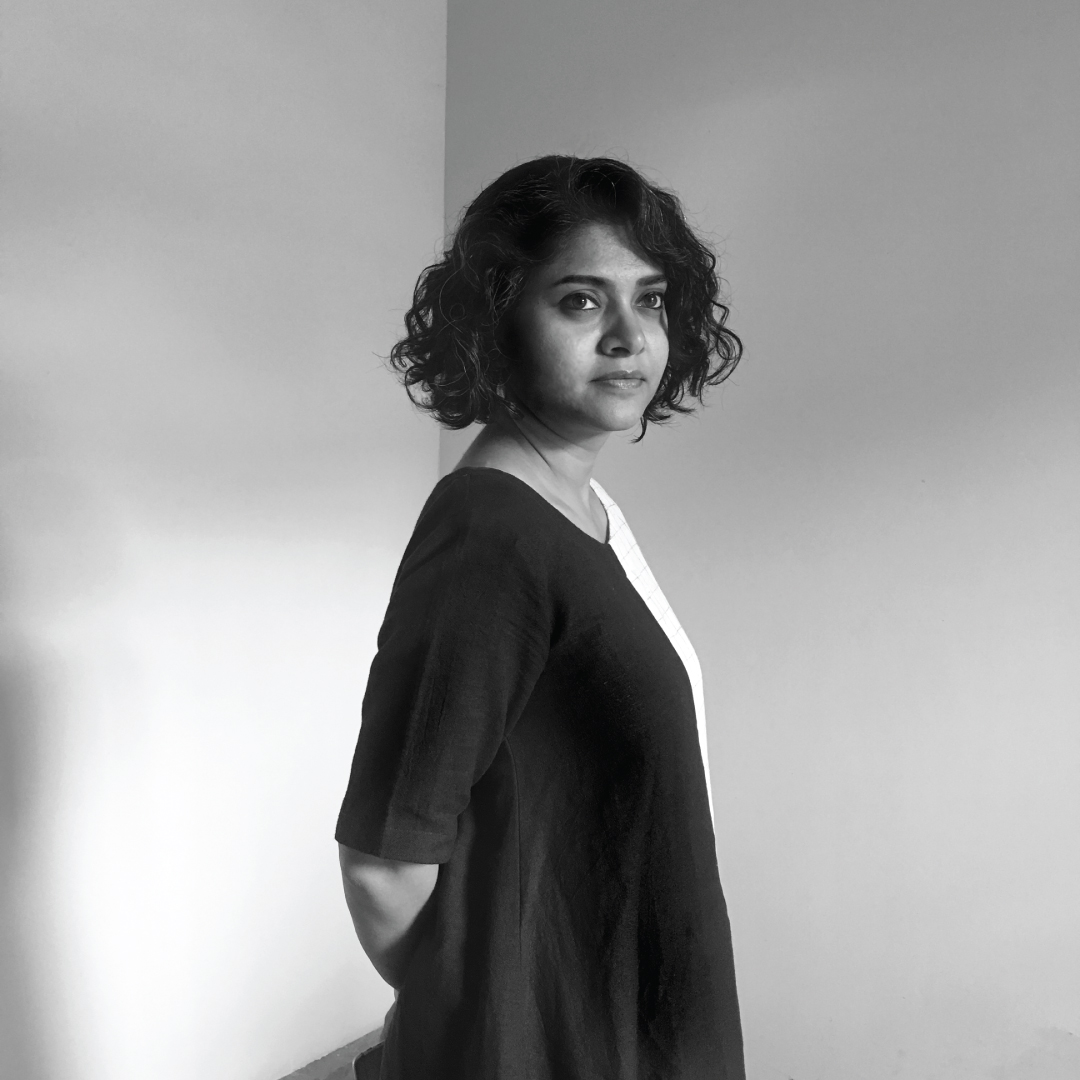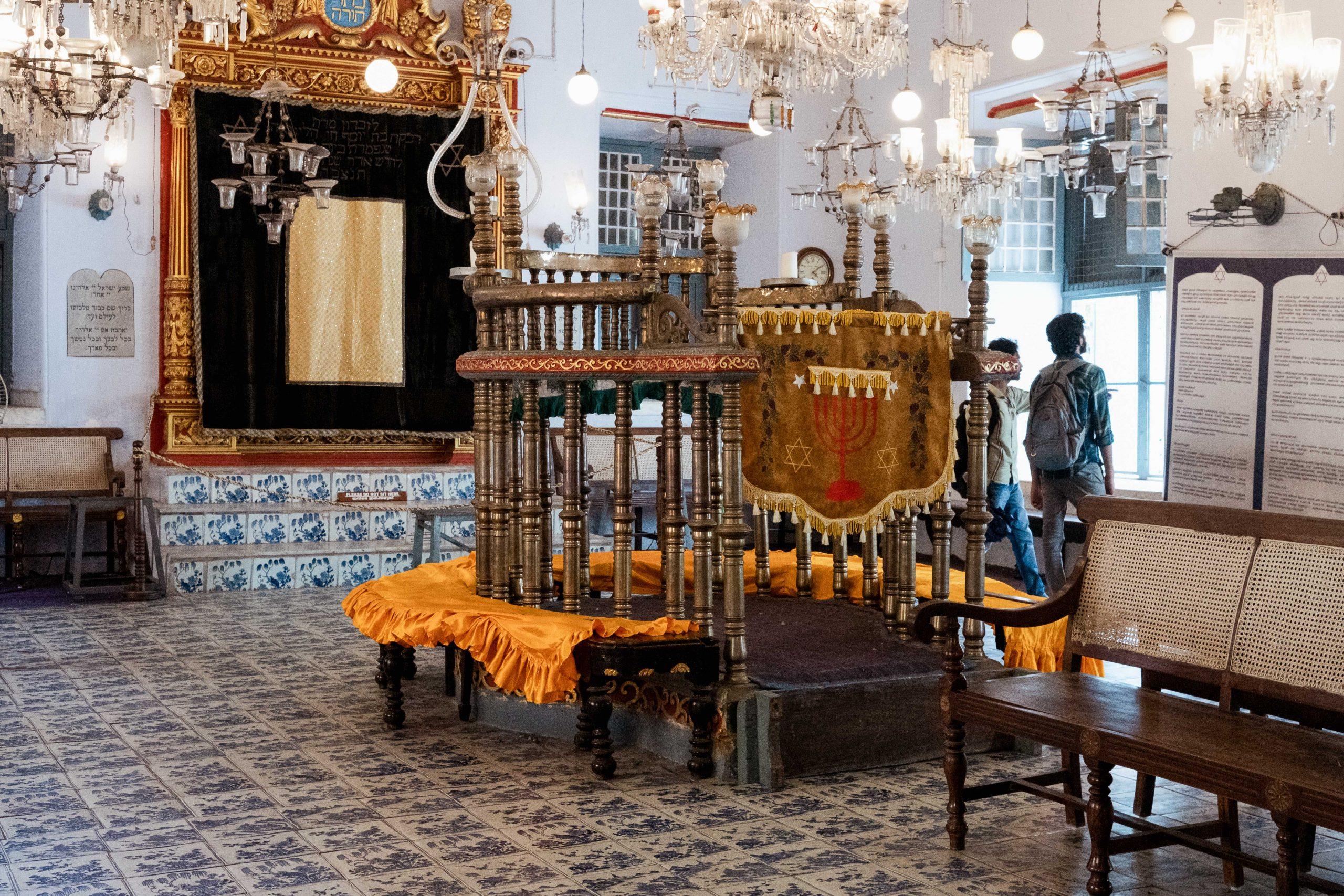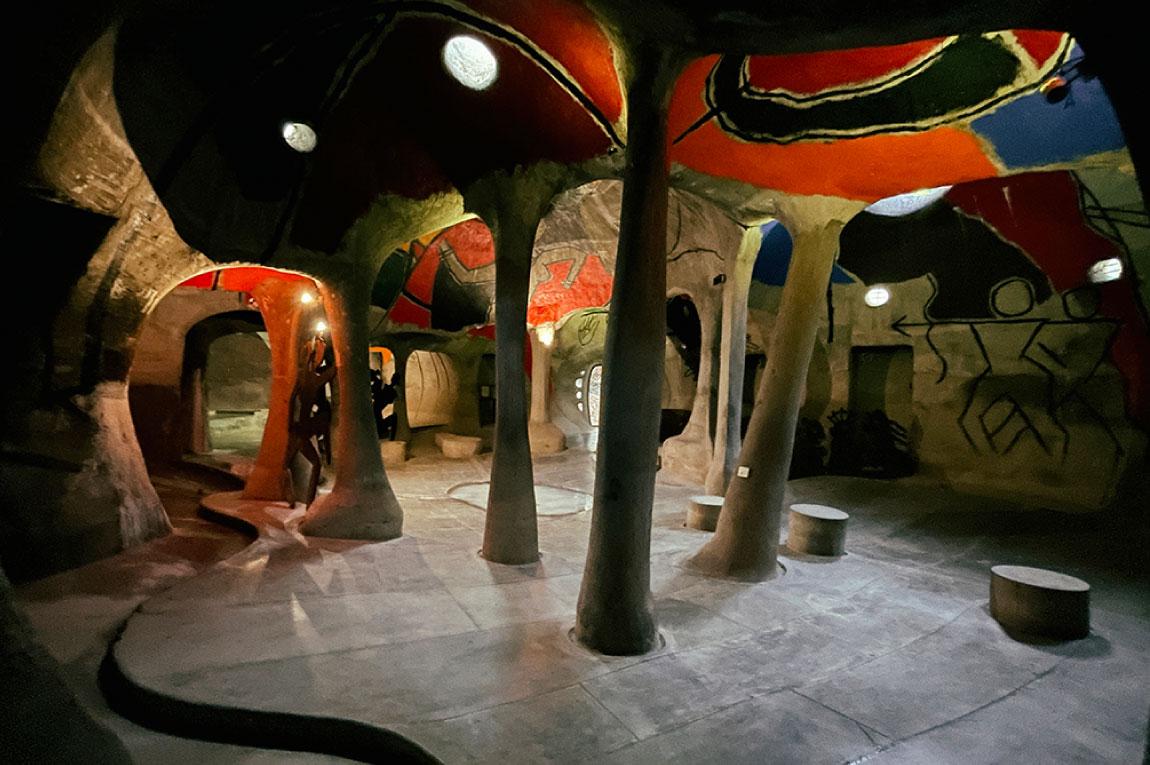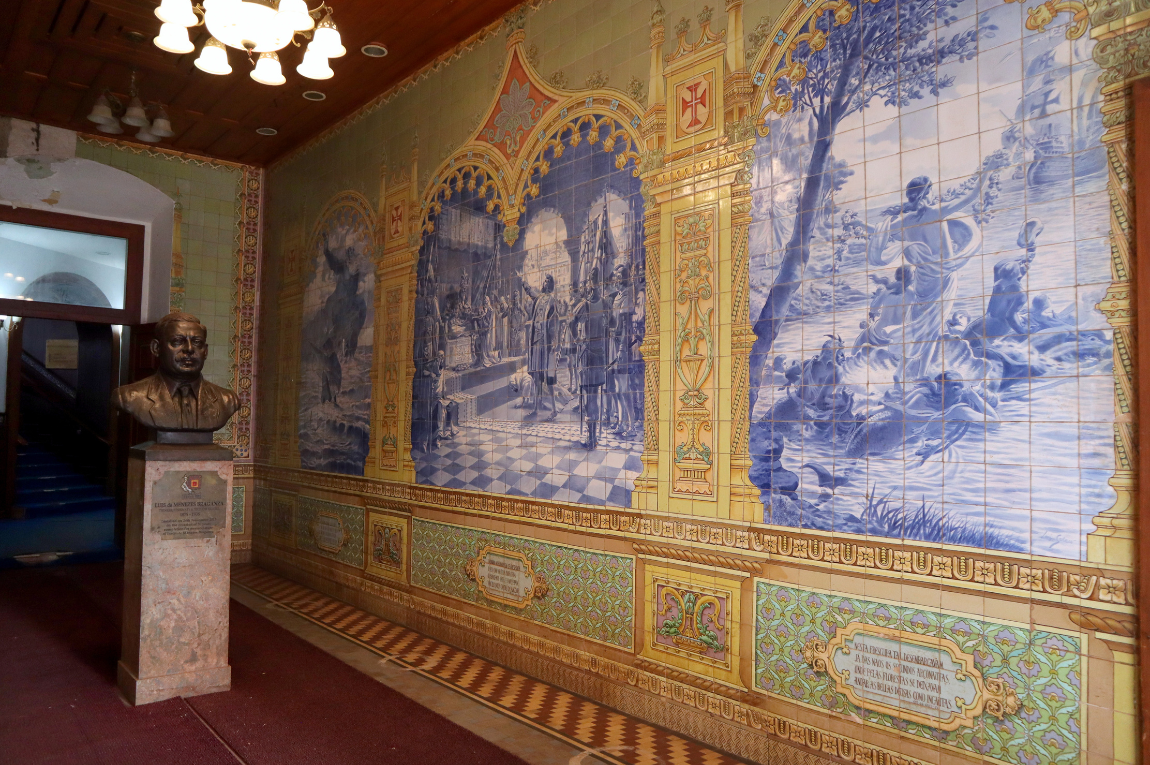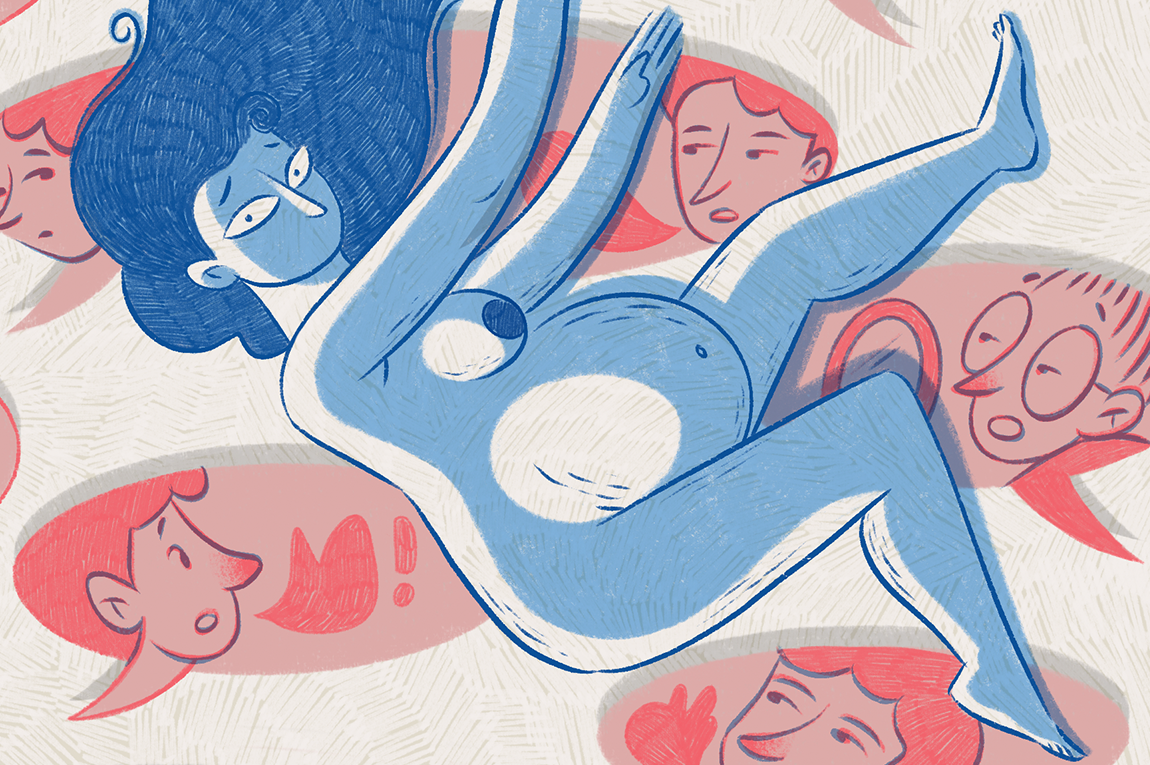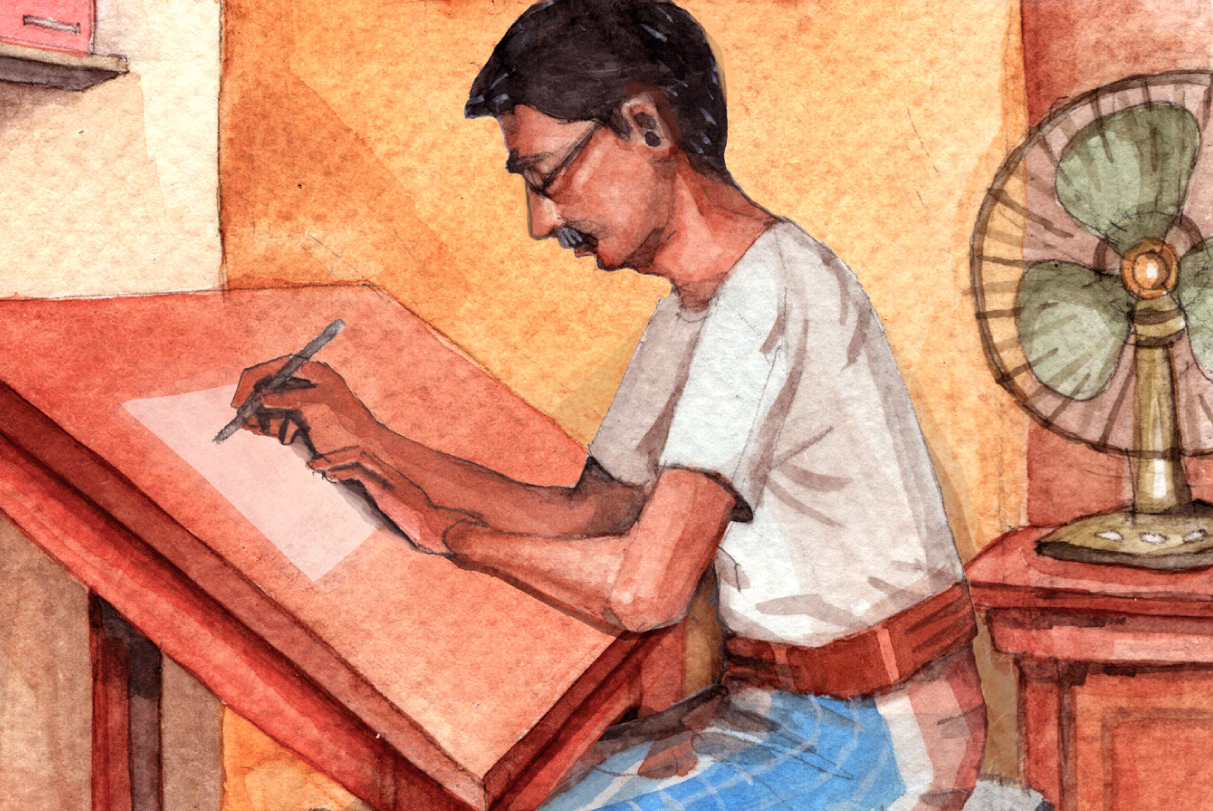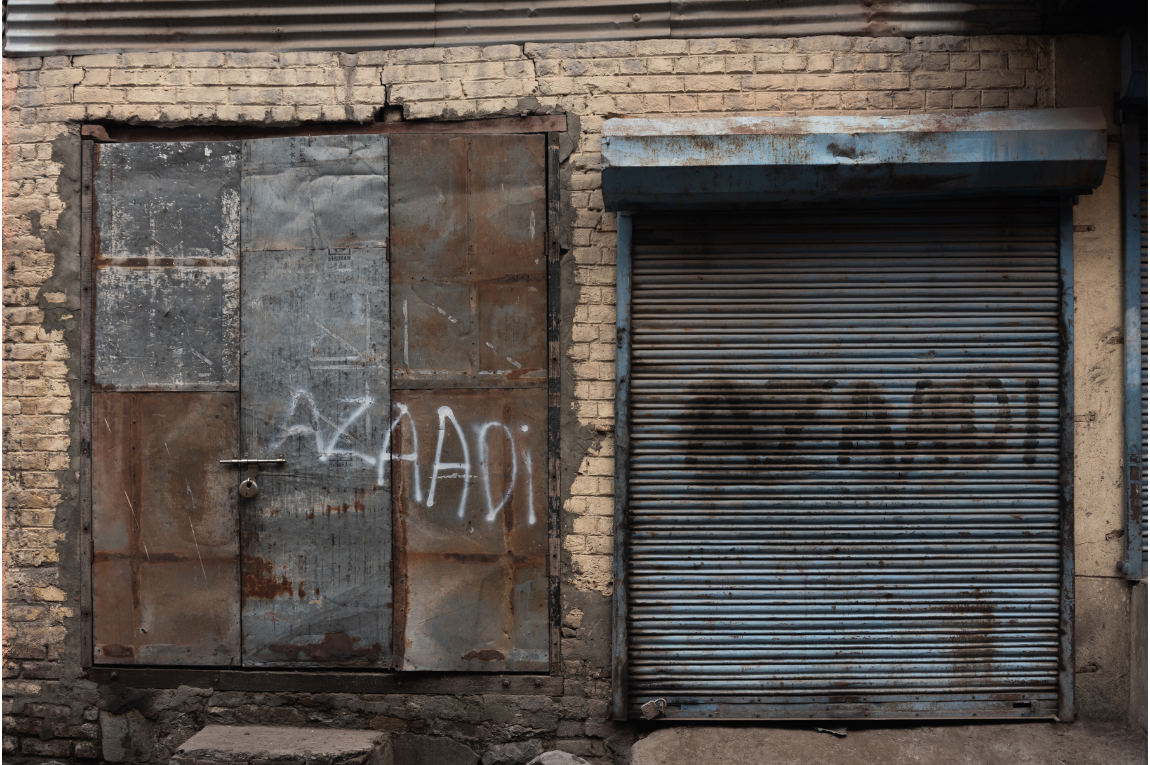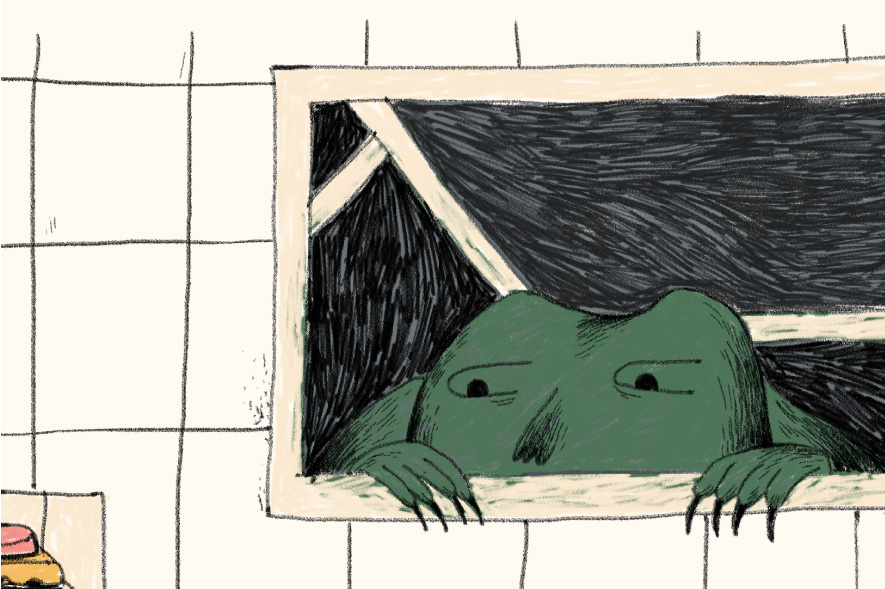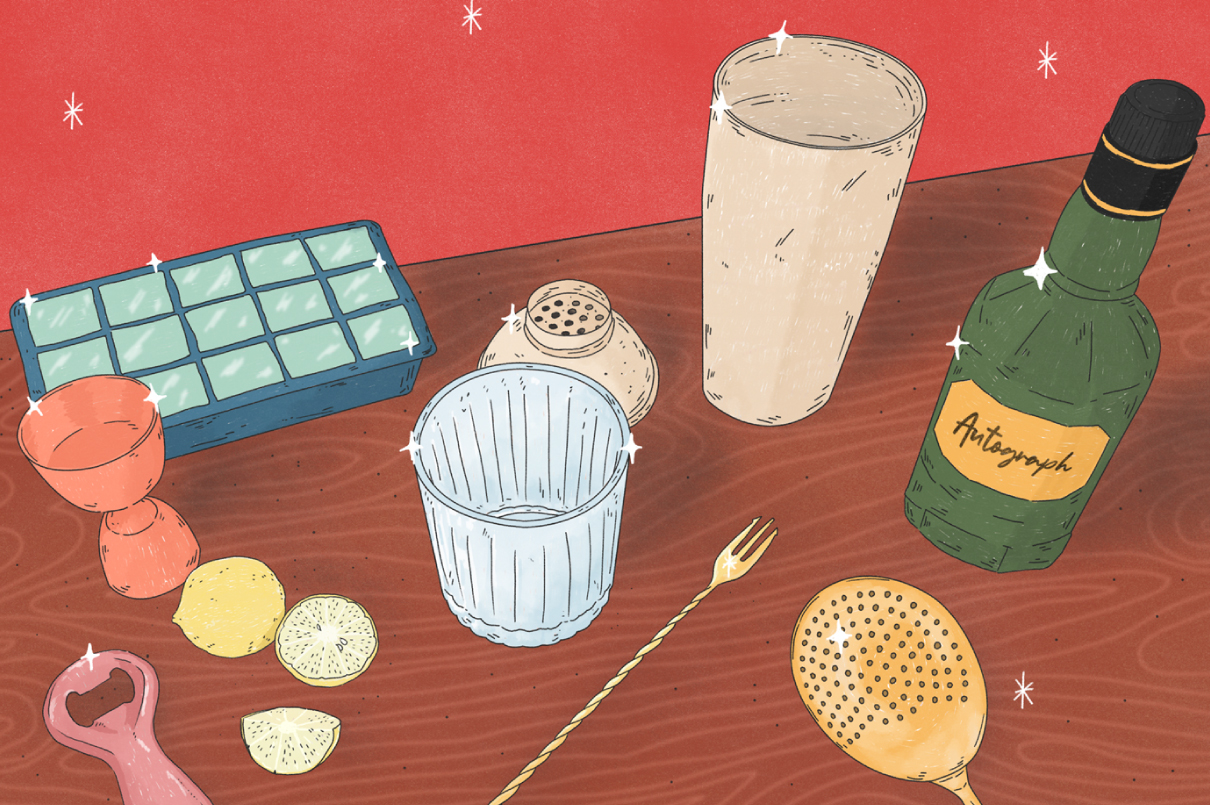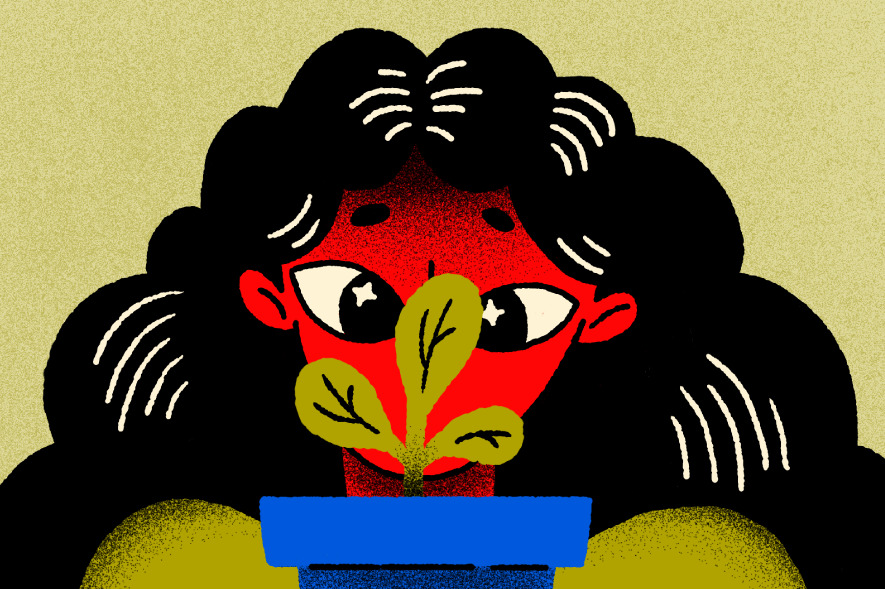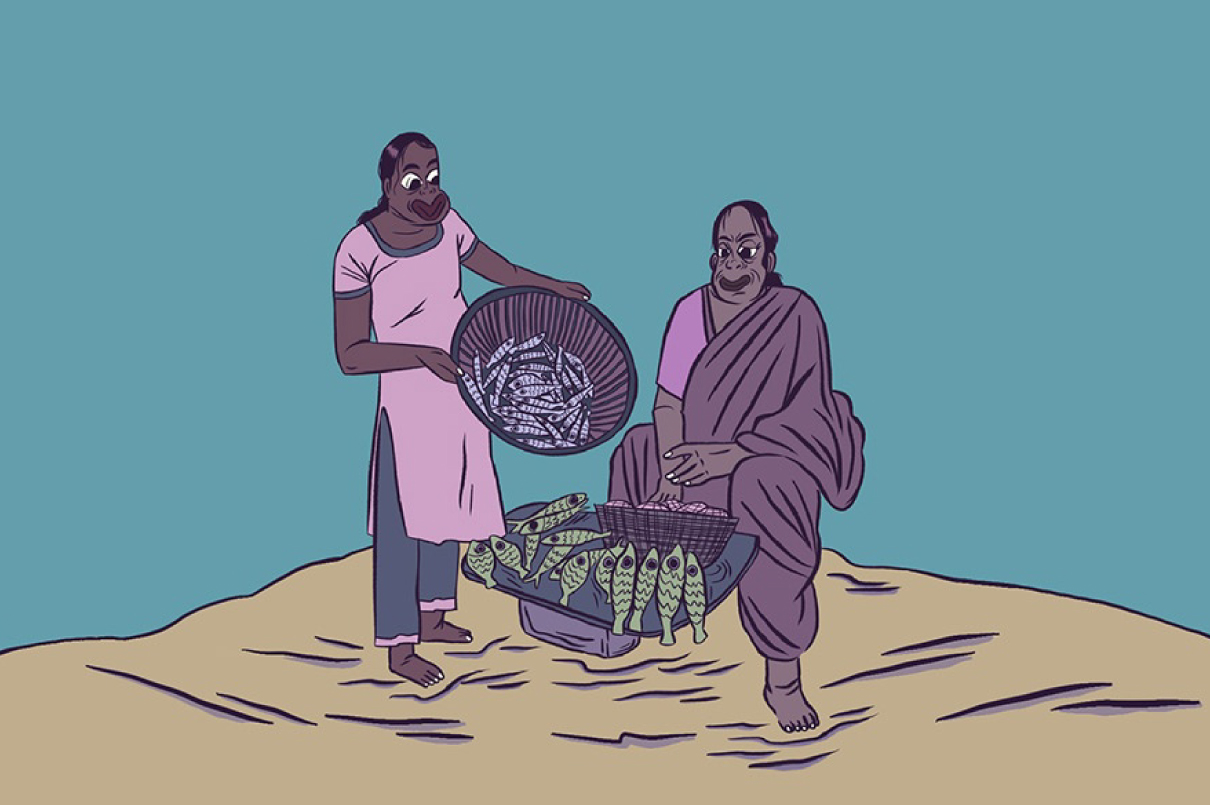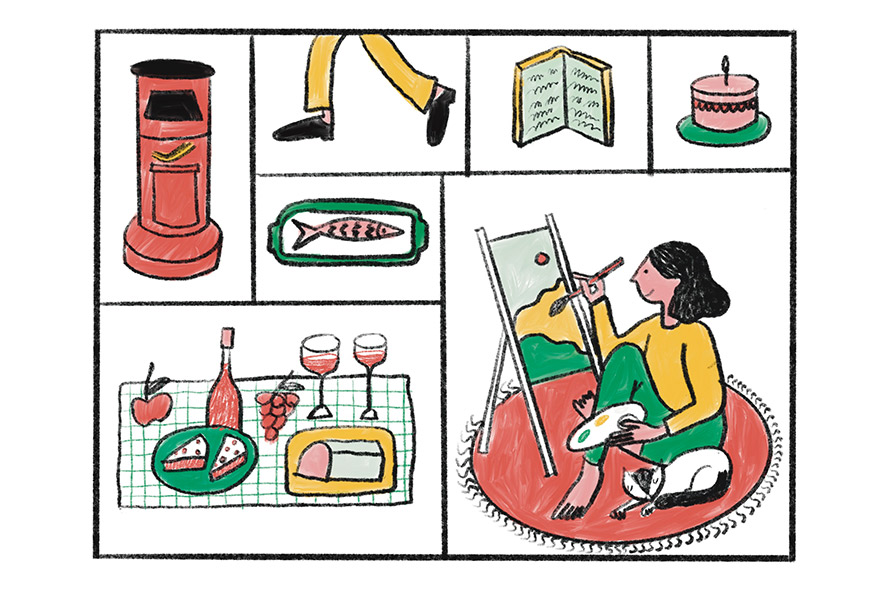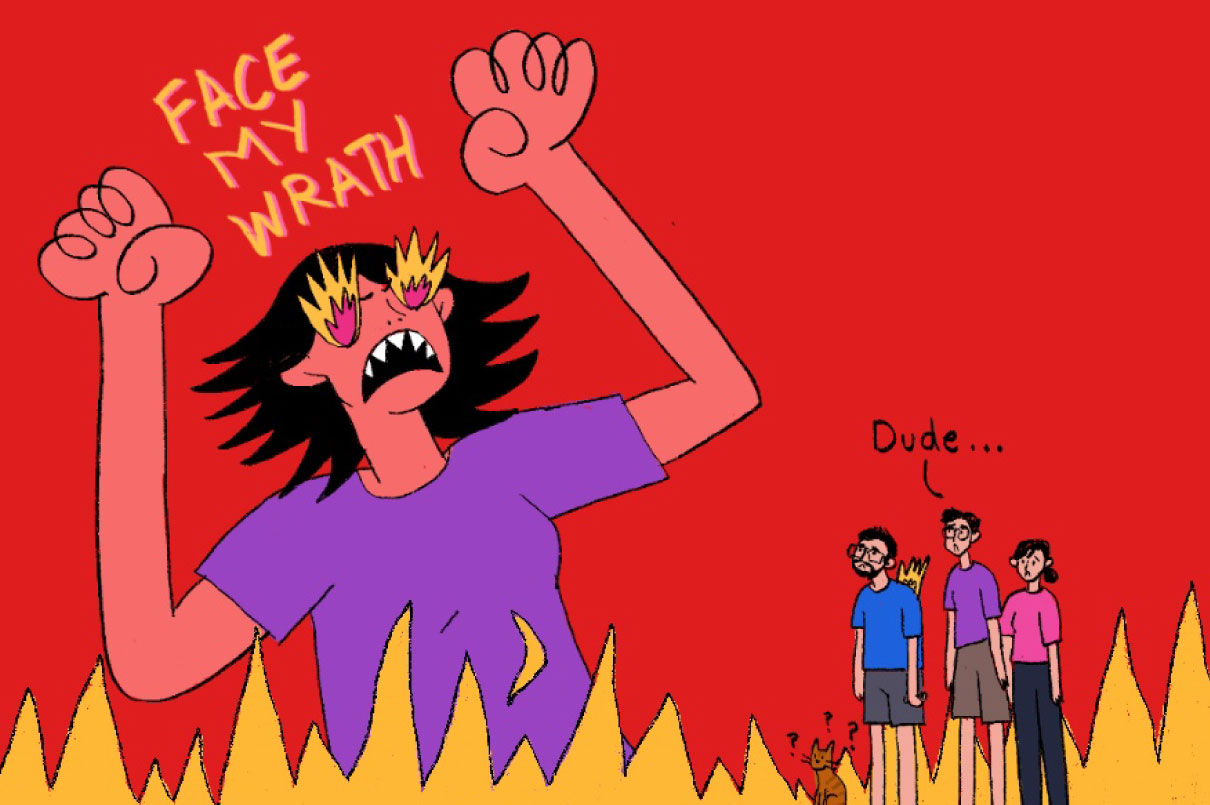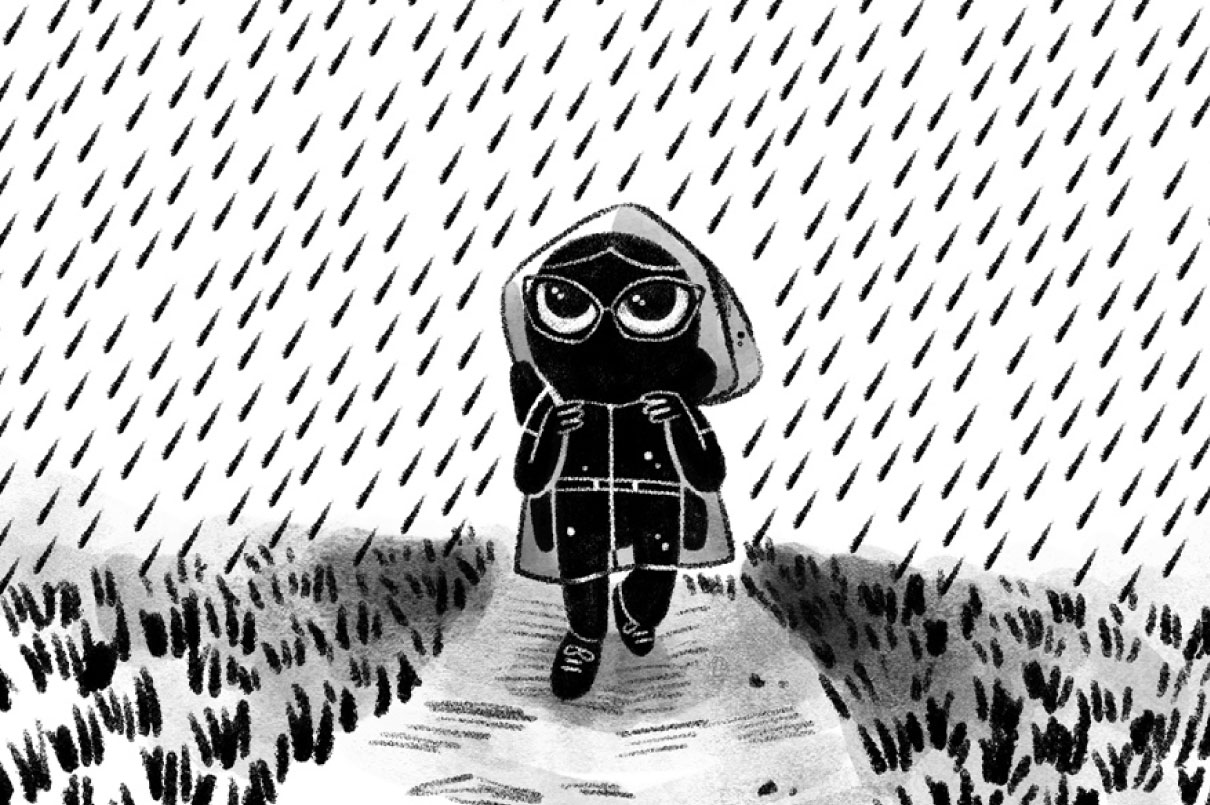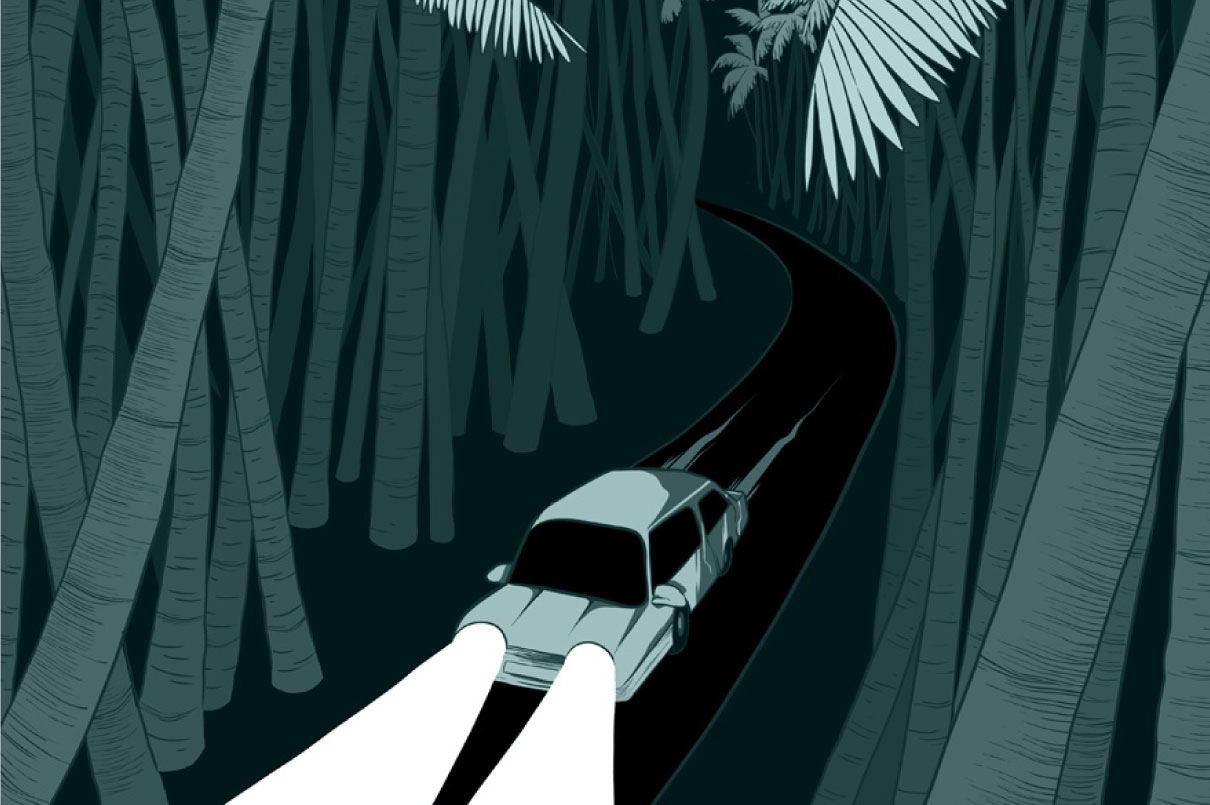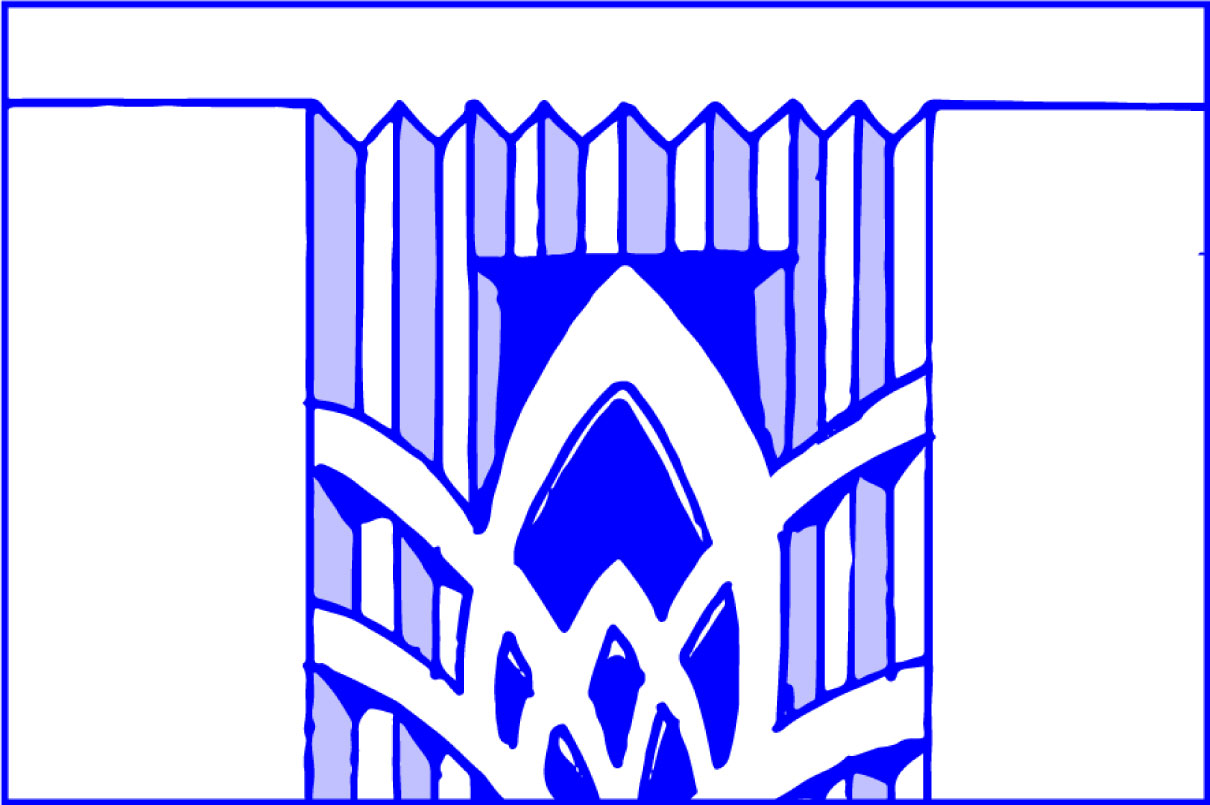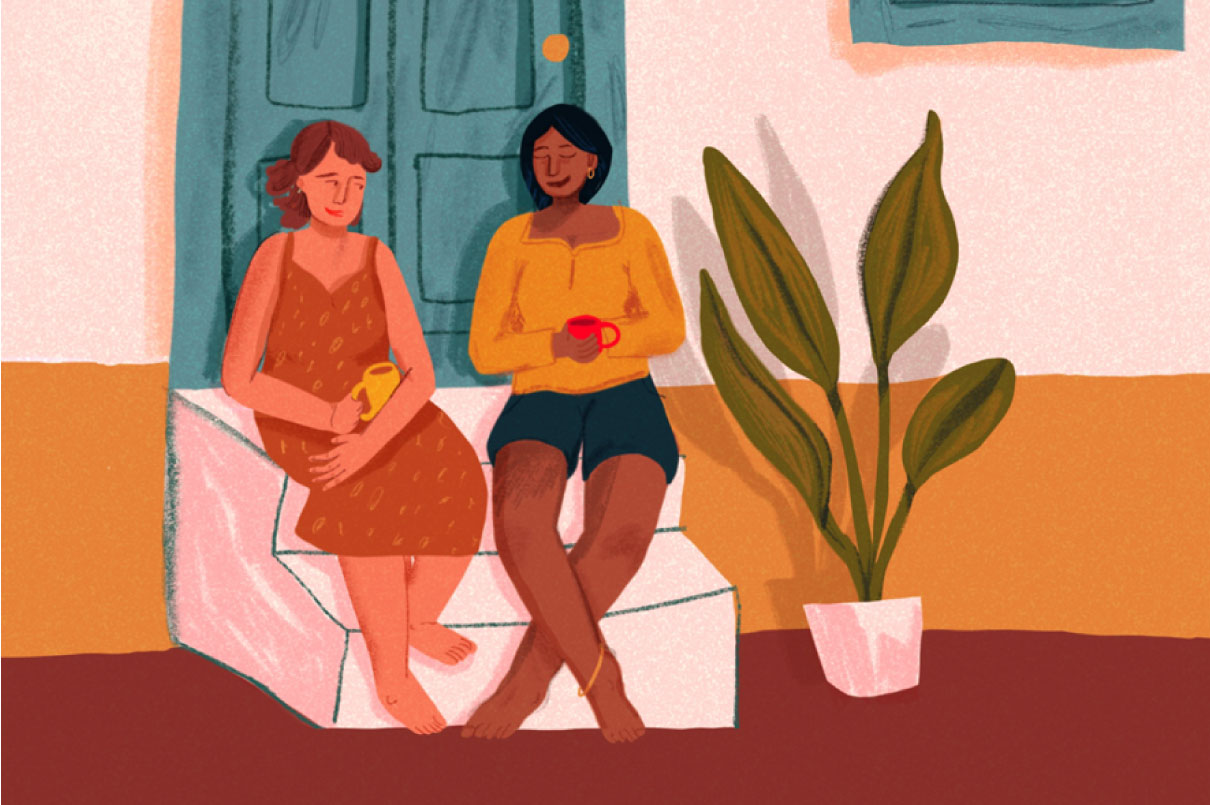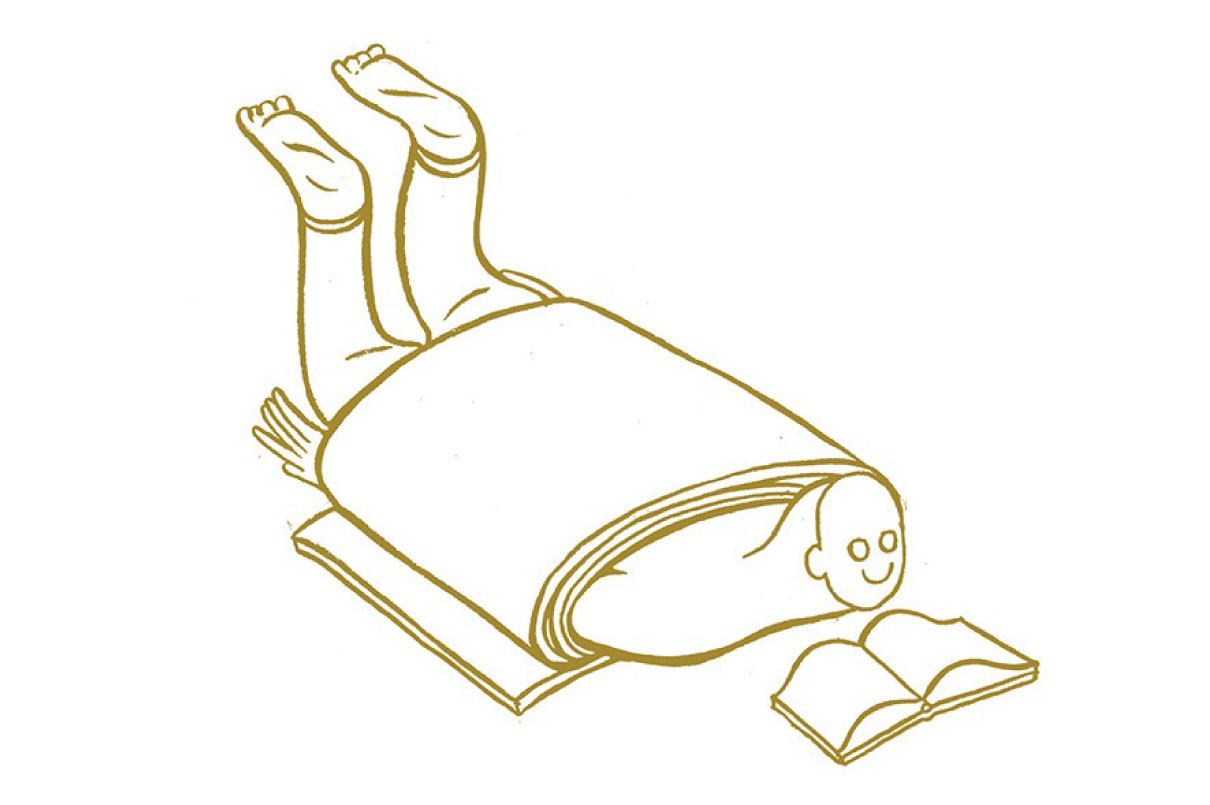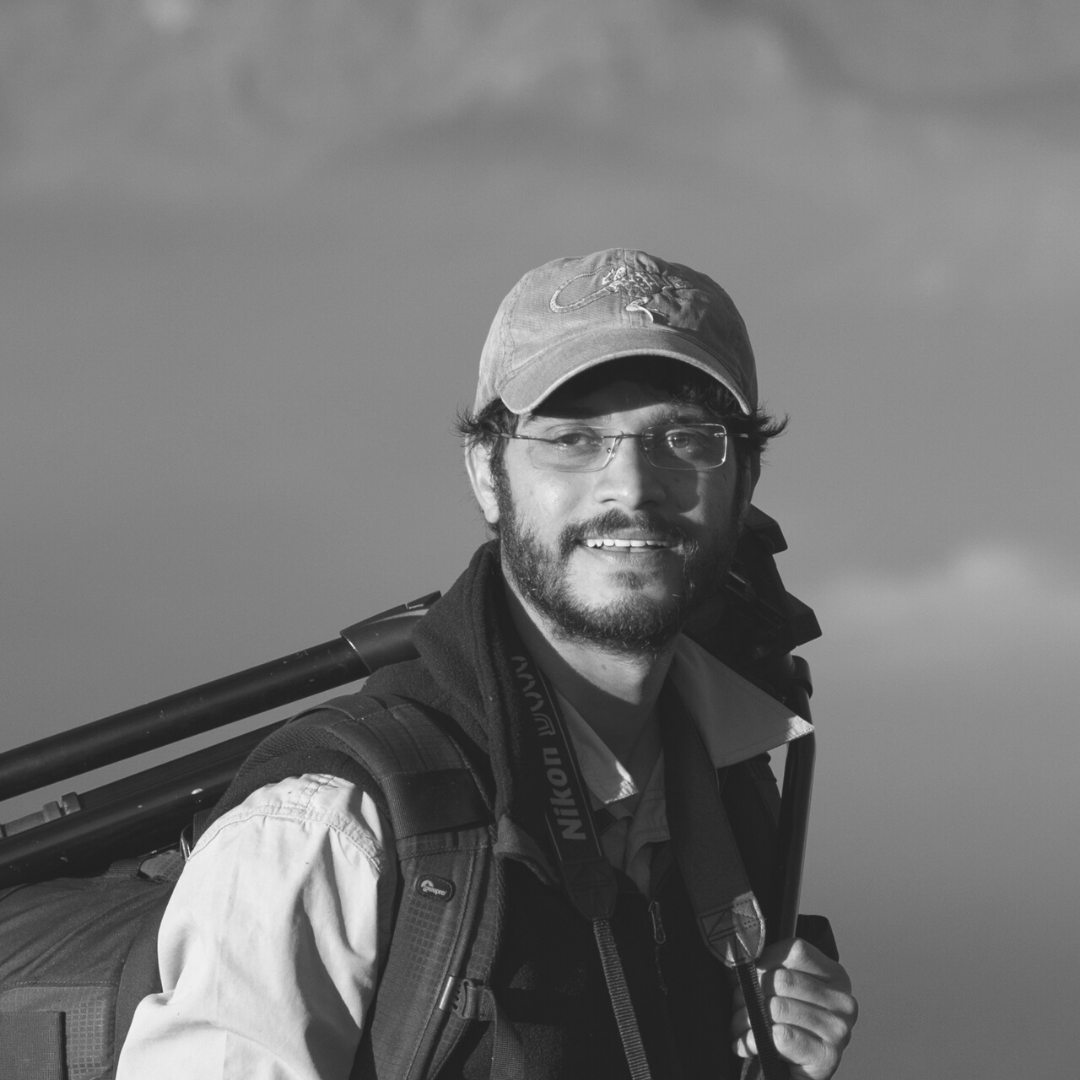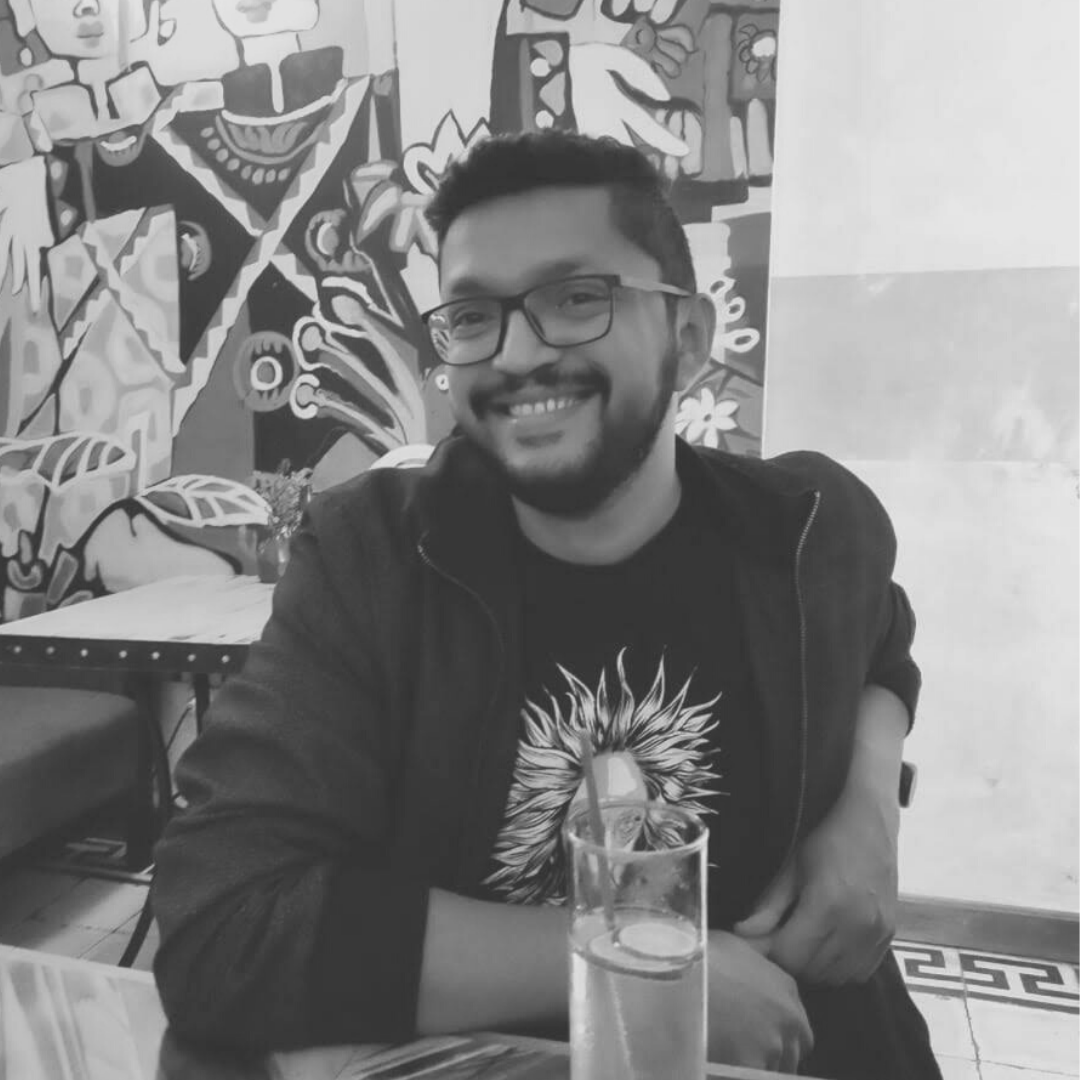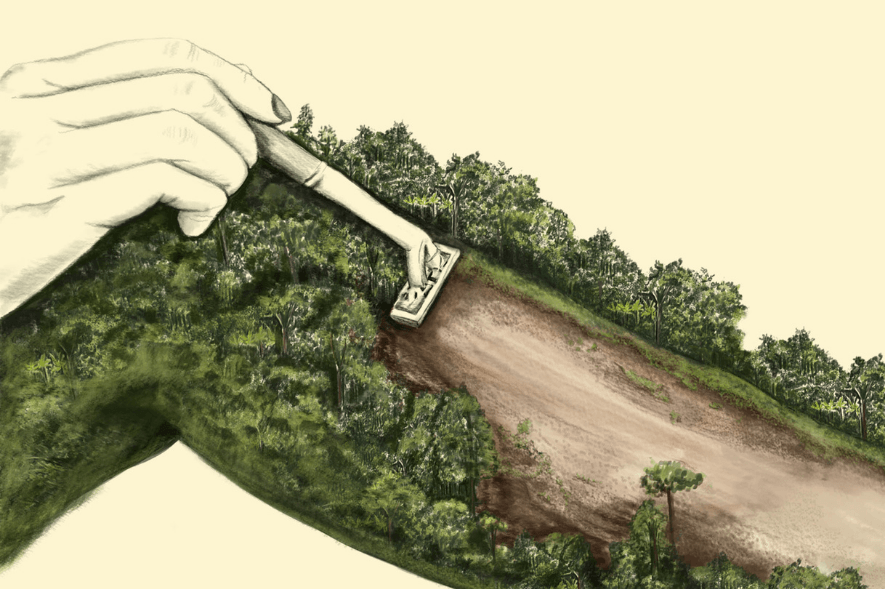What are you currently reading? Is there a work of writing you frequently revisit?
I’ve recently developed a habit of reading several things at once. I am suspicious of it but willing to give it a chance. At my work table, I am reading Lives of the Artists, Lives of the Architects by Hans Ulrich Obrist, and a book on typography by Ina Saltz. For bedtime reading, it’s a book on medicine — Complications by Atul Gawande.
Writers or works I return to often (my comfort reading) are Raymond Carver, Raymond Chandler, Georgette Heyer, and my Tintin collection. But most frequently, I pick up The Paris Review from where I select interviews of my favourite authors and read them again and again.
When did you first foray into the profession? Was there a particular book that set you off on pursuing book design?
I didn’t intend to specialise in book design. Communication designers are trained to work on everything from branding to websites to print. But I quickly found out I was rubbish at working with large corporations and had an affinity for art, photography and editorial design. It was also the people I met through my work who nudged me in this direction. Robert Frank’s Come Again (Steidl) was the first book that made my heart skip a beat.
What role does intuition play while creating a publication? Do you revise and edit several times to change things around?
At the back of my mind there’s all the history and context lurking while I choose the type, or the approach for a cover or a grid, but there are so many directions one can take. A blank canvas is daunting. Thankfully, there arrives a moment when you realise that everything is coming together, and that moment is guided by both information and intuition. There is a lot of revision, editing and even redoing during the initial days when the logic and framework for a project are developing.
How important is the element of rigour in your work? Do you feel the need to follow a routine or is it a flexible process?
I’m not very routine-bound but I have to sit at the desk for a few hours every day even though my non-working hours also inform my work. I get restless unless I’ve sent my mail, crossed some work off my endless lists, and taken some decision on a project that needed attention for the day.
You worked twice with Gerhard Steidl of the renowned printing and publishing company Steidl Verlag in Göttingen, Germany. What was the experience like?
It was a privilege to watch Gerhard experiment with printing. He uses the publishing house as a laboratory and some of the books that emerge from there, like Come Again, are unparalleled. Steidl is also a place where one’s wildest dreams can come true. I had a dream about Bob Dylan and there I was, making a book on him with someone who had known him from his days as a young entrant to the music scene. You could meet anybody there or be thrown into any situation: within my first week, I was dropped off at the Centre Pompipdou in Paris to meet with their senior curators about a book on their entire photography collection. After a few such incidents, I really thought I was prepared for anything in the world.
While in Germany, what are your memories of interacting with the Nobel Prize-winning novelist Günter Grass, who, unbeknownst to many, was also a visual artist?
Unfortunately, I did not meet Gunter Grass even though I attended his 80th birthday in Goettingen where he was present with his family. It was a huge affair and I was extremely excited as I had just finished reading The Tin Drum at the time. At Steidl, I stayed in an apartment named after him which was full of his books and drawings. There I discovered Zunge Zeigen, his book of drawings on Calcutta, the city I grew up in. So with Gerhard’s permission, I sent off a copy to Leipzig with a kind colleague who got it signed by Grass. He signed a few other books for me that I brought back for friends who are also admirers of Grass.
You have been teaching at the National Institute of Design in Ahmedabad. Has your work as a pedagogue, the interaction with young students, influenced your practice?
Teaching has taught me a lot about myself and my work. Often students come up with challenges that make me re-evaluate what I am teaching and how I am doing it. I have to find new ways of breaking down information and feedback, keep fine-tuning my courses and creating new exercises. Teaching is yet another way of learning.
Do you compulsively collect and archive clippings from newspapers or magazines for inspiration or as sources of reference? Where do you otherwise find inspiration?
No, I don’t — I have a horror of hoarding and am a compulsive editor of things. I find inspiration in exemplary lives, in books, or wherever I see good design, art, or films. For an ongoing project, I watched title sequences of Pedro Almodovar’s films in order to understand how to approach the work. It was a suggestion by the editor of the project and it was the perfect entry point. Very often I use my understanding of music to make sense of visual material.
Is there a stage in the production process that you particularly relish?
I enjoy being by offset machines, watching them devour sheets, lick them with just four different colours and magically spit out complex images. The printers and I have to keep checking colour densities and then match the images with the proofs. I really love this part of book-making. It’s also possible that the smell of the printing inks is what makes me giddy with happiness.
How do you arrange your bookshelf?
Foolishly and painstakingly! I group books by the same writer, poet, genre, translated work, interviews, graphic novels, cookbooks, and so on. I have special shelves for the hateful, over-sized books. I arrange the photobooks precariously to prop each other up. Then every once in a while the books get dusted by someone else and I am back to square one.
If you could name three books whose cover designs have stayed with you, which ones would they be?
Three classics: Brassai’s Paris by Night, Josef Albers’s Interaction of Colour, and Joy of Cooking. I could spot the last one on a book shelf from the moon!
